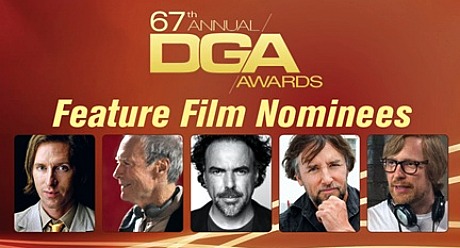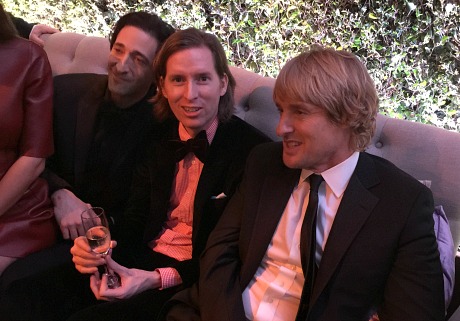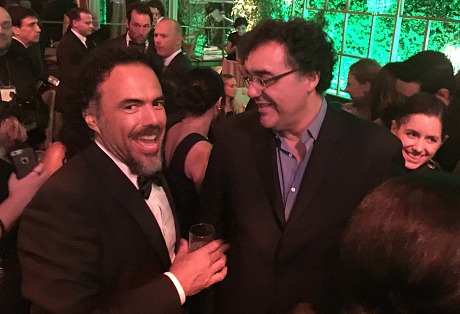Click here to jump past HE Sink-In
A couple of nights ago a journalist friend told me that the late, great Billy Wilder would have admired the hell out of Birdman. Because in a sense Wilder made a somewhat similar kind of comedy in One, Two, Three (’61), an acrid, fast-paced, crackerjack farce — faster than anything Wilder had ever done — that depended upon sustained manic energy start to finish, and at just the right pitch. It’s a widely admired film today (everyone loves James Cagney‘s spunky, self-satirizing performance) but critical reactions were mixed when it opened on 12.15.61, and One, Two, Three actually lost money. So risks don’t always pan out. Then again if you don’t take risks you’re not much of a director.
If you ask me Alejandro G. Inarritu is every bit as ballsy a filmmaker as Billy Wilder was. He surely knew that his ass was on the line when he began to shoot Birdman — another sustained high-wire act that had to come off just so. And if he didn’t know it, he had the late Mike Nichols to remind him. Inarritu had lunch with the legendary director a week before Birdman began filming, and when Inarritu told him about the no-cut visual strategy, Nichols said, “Alejandro, you are running to disaster…you should stop now.”
“Nichols was a wise guy and a [expletive] to tell me that one week before,” Inarritu told N.Y. Times reporter Melena Ryzik. “But I hugged him and said thank you. The best thing he told me was, ‘Alejandro, once you have it, do it faster.’ And he was right.”
Birdman has found more success than One, Two, Three, of course — high praise, Oscar contention, a decent box-office return. Sometimes risks pay off. And sometimes a change of pace works also. Before Birdman Inarritu was more or less regarded as Darkman — an explorer of random tragic fate in Amores perros, 21 Grams, Babel and Biutiful. Then something happened.
Read more






